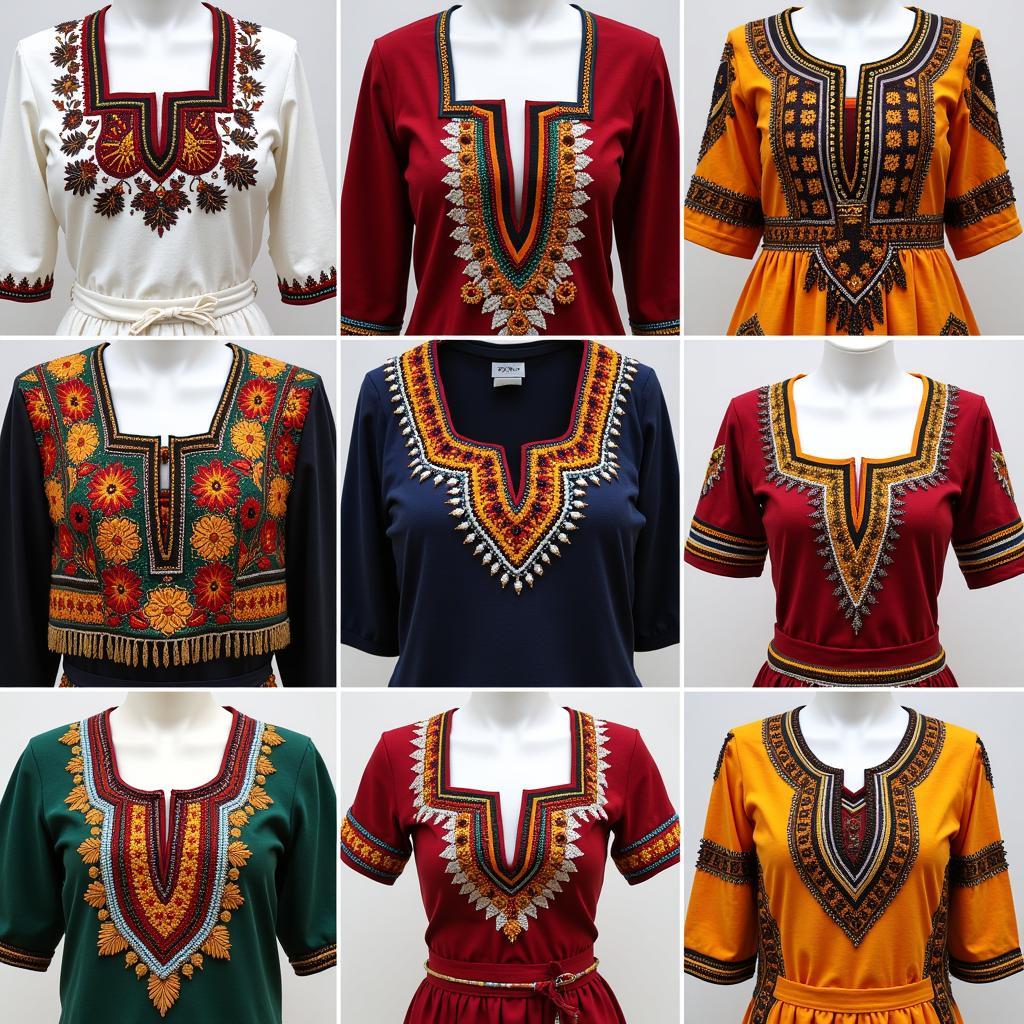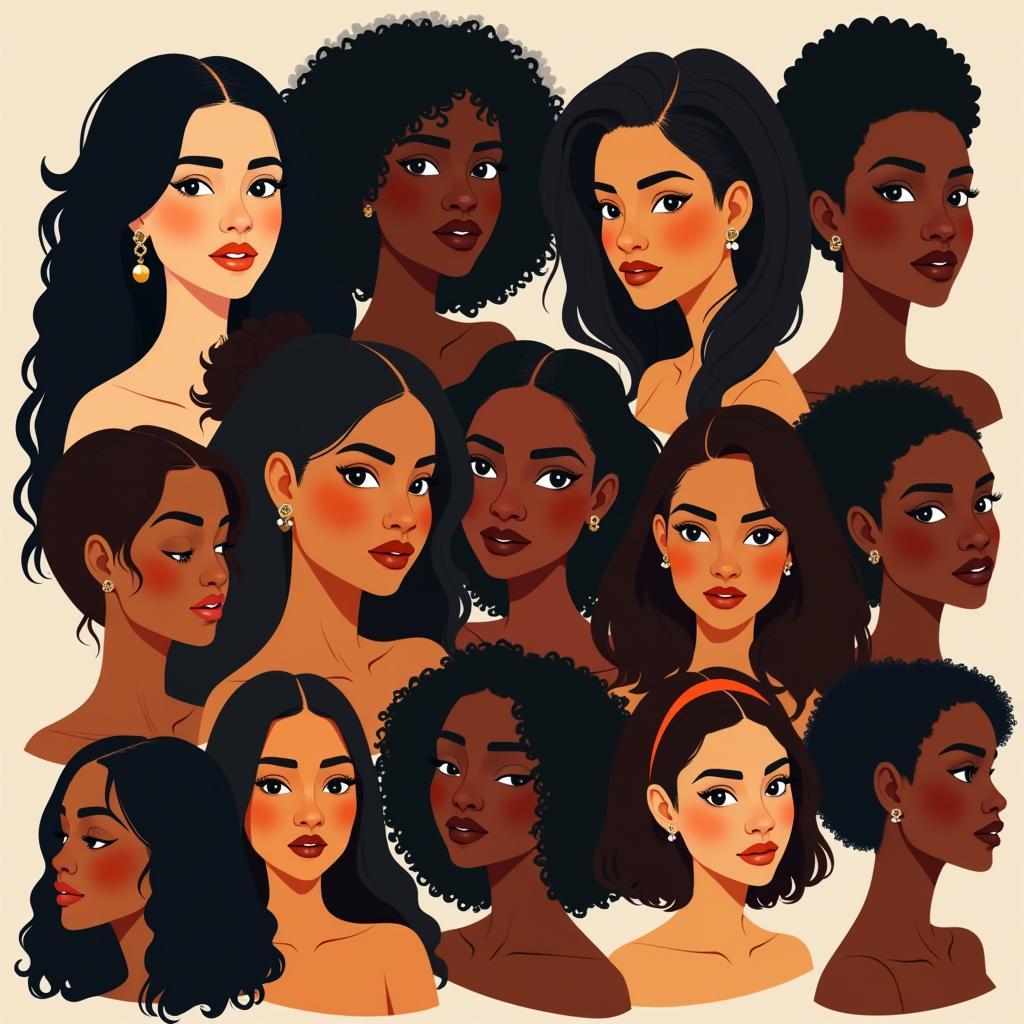The African Union Flag: A Symbol of Unity and Progress
The African Union (AU) flag stands as a powerful symbol of unity, aspiration, and progress for the people of Africa. Adopted in 2010, it replaced the previous flag and ushered in a new era for the organization. This article delves into the rich symbolism embedded within the African Union Flag, exploring its history, meaning, and significance for the continent and its diaspora.
Deconstructing the Design: Colors and Symbols of the African Union Flag
The African Union flag is instantly recognizable with its vibrant color palette and simple yet powerful design. Each element has been carefully chosen to represent the shared values and aspirations of the African people.
- Green: Represents the hope and aspiration for a prosperous and united Africa. Green is often associated with growth, renewal, and the continent’s rich natural resources.
- White: Symbolizes the desire for peace, tranquility, and unity among African nations. It represents a clean slate, moving forward from a past often marked by conflict and division.
- Gold: Represents the wealth and prosperity of Africa, both in terms of its natural resources and its people. It signifies the continent’s potential for growth and development.
- Red: Represents the sacrifices made by African people in the struggle for liberation and independence. It serves as a reminder of the shared history and the ongoing pursuit of freedom and self-determination.
- The Circle of Stars: The central emblem of the flag is a gold circle encompassing 55 five-pointed stars, representing all the member states of the African Union. The circle symbolizes unity, solidarity, and the interconnectedness of the African nations.
A Flag’s Journey: The History of the African Union Flag
The current African Union flag has a relatively short but significant history. It was adopted at the 14th Ordinary Session of the Assembly of the African Union in Addis Ababa, Ethiopia, on January 31, 2010.
Prior to this, the African Union, formerly known as the Organisation of African Unity (OAU), had a different flag. This earlier flag featured a concentric ring design, with green, gold, and red stripes encircling a white central disc bearing the emblem of the OAU. While this flag held its own symbolism, it was felt that a new flag was needed to reflect the evolving vision and aspirations of the African Union.
The decision to adopt a new flag was the culmination of a continent-wide competition launched in 2002. The winning design, created by Mr. Yadesa Bojia, an Ethiopian national, resonated with the African Union’s vision of a united, peaceful, and prosperous Africa.
Beyond a Symbol: The Significance of the African Union Flag
The African Union flag is more than just a visual representation of an organization; it is a powerful symbol of unity, hope, and progress for the people of Africa.
“The flag serves as a reminder of the shared goals and aspirations of the African people,” says Dr. Amina Omar, Professor of African Studies at the University of Nairobi. “It is a beacon of hope for a future where African nations work together to address common challenges and achieve collective prosperity.”
The flag is flown with pride at AU headquarters, government buildings, and international events across the continent. It is a visible reminder of the shared identity and commitment to pan-Africanism.
The African Union flag also resonates with the African diaspora worldwide, serving as a powerful symbol of heritage, resilience, and global solidarity. It is a reminder of the interconnectedness of people of African descent and the ongoing struggle for equality and justice.
Conclusion: A Banner of Hope for the Future
The African Union flag stands as a powerful symbol of unity, aspiration, and progress for Africa. Its vibrant colors, simple design, and rich symbolism speak to the shared history, values, and goals of the African people. As the continent continues to strive for peace, unity, and prosperity, the African Union flag serves as a beacon of hope and a reminder of the strength and resilience of the African spirit.


